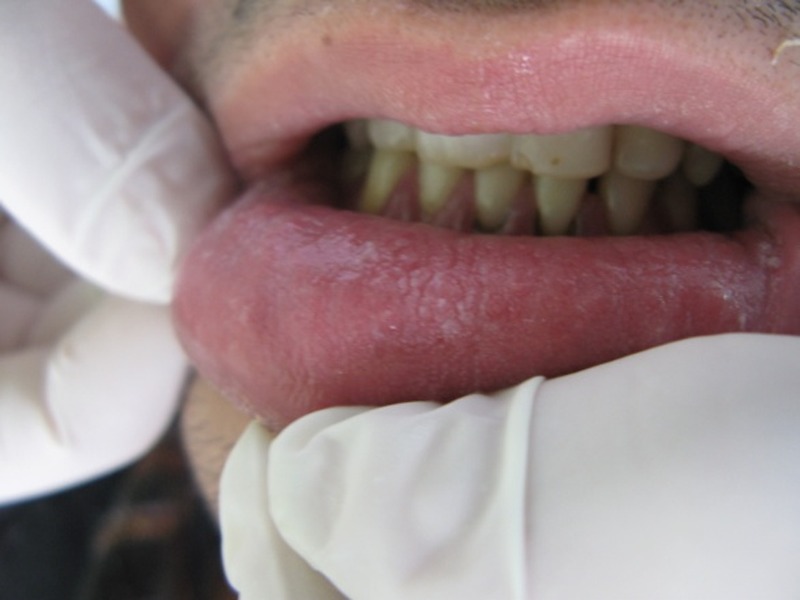This is a default text for your page. Click above on edit this page to modify. Be careful with the < and > signs.
You may include any references to papers as in: the use of JSmol in Proteopedia [1] or to the article describing Jmol [2] to the rescue.
Function
KRT 4 gene is going to provide enough information to create the protein Keratin 4. Keratins are the main groups for tough fibrous proteins that will form the framework of epithelial cells. Epithelial cells line up at the surfaces and cavities that are intended for the body. Keratin 4 is usually found within the moist lining of your mouth, nose, esophagus, anus, and gentitals.
Disease
The disease that Keratin 4 causes is called white sponge nevus. White sponge nevus is an autosomal dominant disease which is caused by a mutation of a certain keratin gene. White sponge nevus is going to be a main componenet for a group of inherited diseases that are going to provide a white bilateral, keratinized apperance typically appearing on the buccal mucosa.  White sponge nevus lesions on the inside of the lips.[3]
White sponge nevus lesions on the inside of the lips.[3]
Relevance
The two way parallel beta-sheet is where the C-terminal strand of one monomer is being positioned and anti-parallel to the N-terminal strand of the main adjacent monomer and this arrangement is not seen so far in any of the homologous structures. This is the . The C-terminal strand is comprimised of residues from 485-642 that have been identified to essentially bind to Keratin 4.
Structural highlights
This is a sample scene created with SAT to by Group, and another to make of the protein. You can make your own scenes on SAT starting from scratch or loading and editing one of these sample scenes. The main serine residues 311-641 as you can see from the structure will constistute as a non-repeat ligand binding region. This is the . This is the

